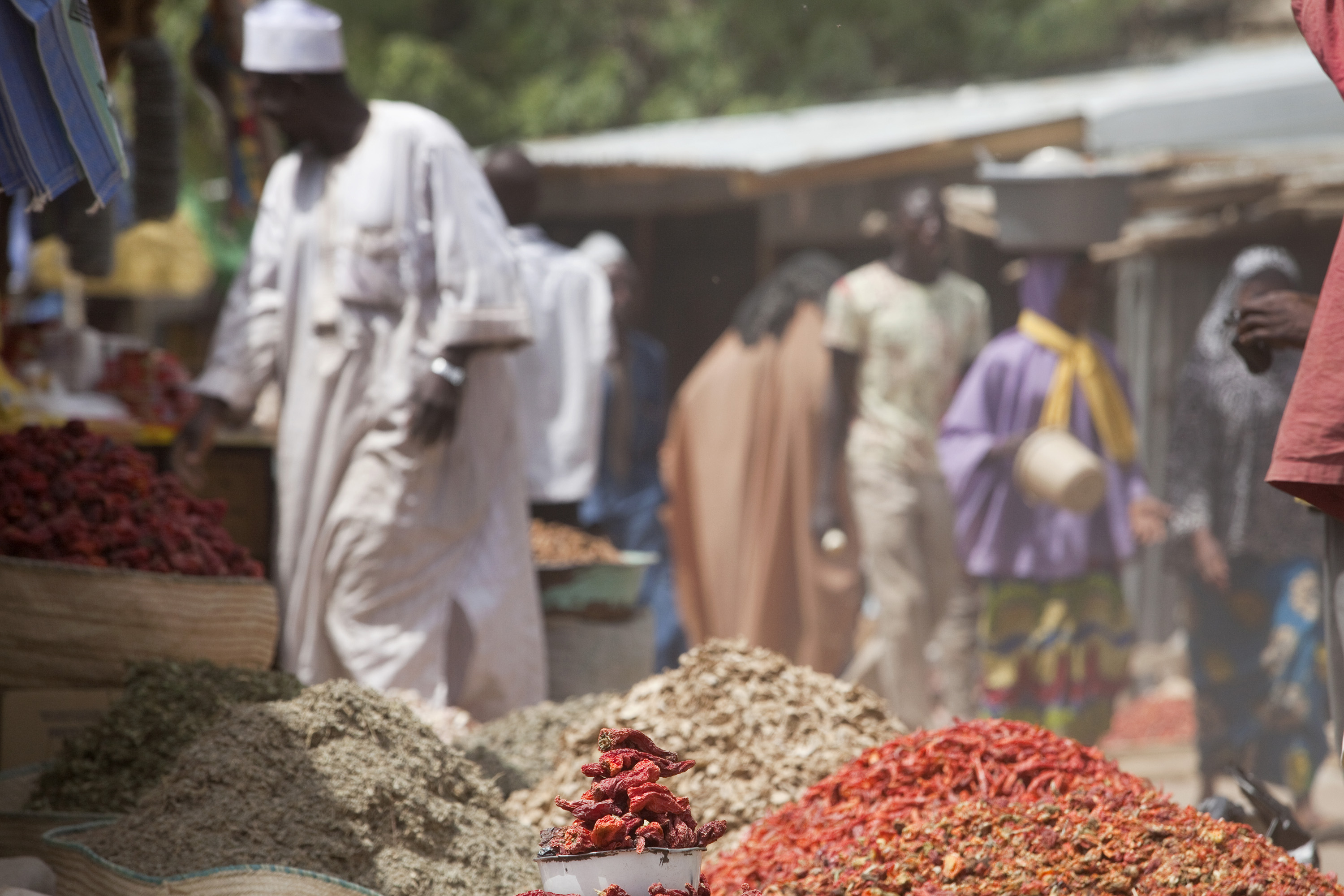Title
New work for Spices Committee
Description
The Codex Committee on Spices and Culinary Herbs (CCSCH) is hosted by India and first met in 2014. One of the first proposals for new work presented to the committee was to establish a standard for Black, White and Green (BWG) Pepper. The purpose of the standard will be to develop harmonized international quality criteria for styles of BWG pepper products obtained from piper nigrum. The standard will facilitate international trade and guarantee consumer protection. Why a standard is necessaryBWG pepper is currently traded using different national or industry standards. Each either reflects domestic product characteristics, production and trade practices, or the desires of a particular trade group based on their interpretation of consumer demand. Other BWG pepper standards are mainly based on the type of final product, i.e. whole peppers, or peppers for grinding, cracking, and powdering. In the absence of a common trading language, producers and traders can find it difficult to communicate with new clients. In some cases, the trade in BWG pepper is one-sided, based on either the buyer’s or seller’s requirements. This makes it hard to settle trade disputes and often results in a party being unsatisfied with the outcome. The development of a Codex standard will allow the various stakeholders to harmonize their different requirements to facilitate international trade. The historical significance of BWG pepper to producers, traders and consumers warrants the development of a Codex standard based on pepper’s organoleptic characteristics (i.e. those that can be detected by the senses – taste, smell, touch etc). This will remove discrepancies among the various national standards and different trade association standards and instill transparency in marketing from producing countries and re-exporting centers. As always, the Codex standard will be developed with the interests of all relevant parties taken into consideration. The proposed standard will be based on the principles of consumer protection and fair trade practices. Completion dateThe work is tentatively scheduled for completion in July 2017, subject to the discussions expected at the 3rd Session of CCSCH in February 2017.
Grouping of SpicesAt the Spices Committee’s first meeting in 2014, the Committee proposed grouping spices and herbs into categories and then developing a general standard for a single group. Necessity for groupingThere are 109 commodities categorized as spices by the International Standard Organization (ISO 676:1995). Many spices and culinary herbs have common characteristics and their quality profile may more or less be the same. It would be difficult to elaborate quality standards for each of the spices and culinary herbs and grouping will ease the development of quality specifications by eliminating duplication. Spices can be grouped on the basis of their properties, parts used, botanical analogies or families, economic importance, similarities in methods of their cultivation, plant type, growth habit etc. Grouping spices and culinary herbs from a trade perspective and not merely on a strict botanical basis will facilitate the development of quality standards for a specific group. Completion dateNo completion date has been set, as the document is still a discussion paper intended to shape the direction the Committee should take. Photo credit ©FAO/Giulio Napolitano & Joerg Boethling FAO News date
08/01/2016
|

Page tools



